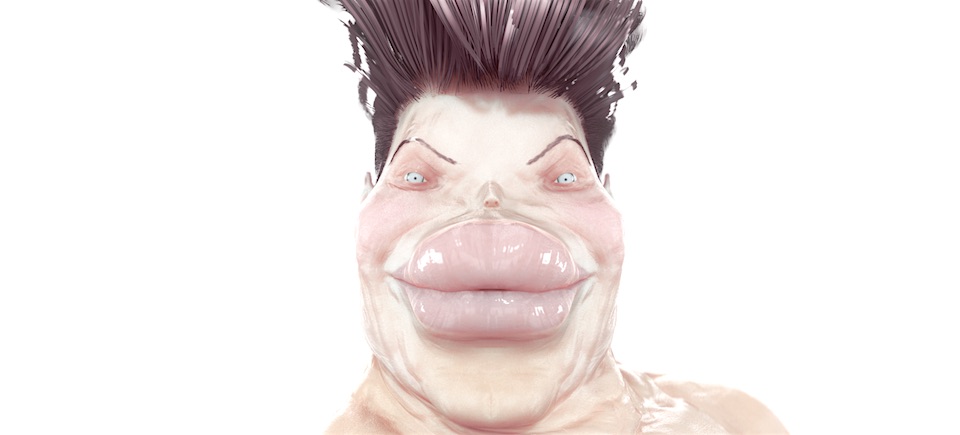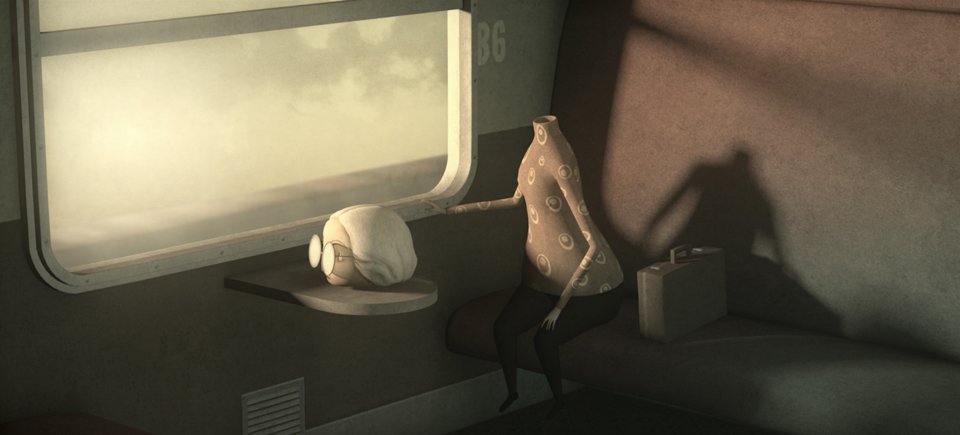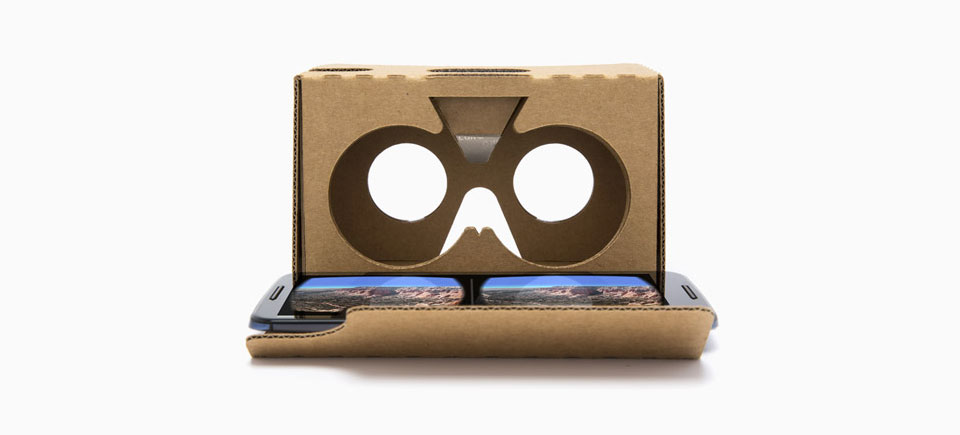A sneak peek inside our 3D lab at the NFB, Part 2
Last Friday, I posted the first half of an interview with Maral Mohammadian. This is Part 2.
Julie Matlin: How does the StereoLab work? Do you have people coming in from outside to experiment, or is it just people working within the NFB?
Maral Mohammadian: Well, it’s not an autonomous production facility. It consists of 6 workstations, 5 here and 1 in the NFB studio in Winnipeg, and a very small team. We are doing some modest experiments but full-fledged project proposals still go through the usual NFB programming channels.
But there’s a growing community of filmmakers in and outside the NFB who are interested in experimenting with 3D. We sometimes have filmmakers who come in after seeing our work somewhere or a SANDDE demo and who want to try it out.
We’re open to this as long as we can manage it around our other priorities. These visits have sometimes turned into proposals, or a job opportunity on one of our existing projects or sometimes it’s just an ongoing process of people exploring what 3D is all about.
JM: Are we the only ones who have this technology?
MM: In terms of SANDDE, yes, more or less. The film board licenses the technology and has pretty much been its sole user since it was developed by Roman Kroitor, one of the founders of IMAX. The projection system we use in the lab was developed by the NFB. But we use a wide range of tools and technologies, some off-the-shelf, others of our own invention.
JM: You mentioned that you’re starting to experiment with live action. Can you elaborate on that?
MM: The Lab grew out of the Animation Studio so we have only just begun to explore 3D live action capture. The equipment is still cumbersome and filming in stereo carries unique complications but the results can be amazing and have taught us a lot about 3D grammar and 2D conventions we take for granted.
Facing Champlain (2008) was our first leap into live action 3D. We’ve since been involved in 2 other live-action projects and are developing 2 more: a figurative dance film and a mixed media doc about the human brain.
What’s interesting is that storytelling concerns are challenging conventional 3D technique and you see this more and more as dramatic 3D films hit the screens.
JM: Does working in 3D add to production time?
MM: It depends on the technique but generally yes.
There’s a learning curve in understanding the tools and processes and a lot of creative problem-solving involved. This can make the creative process less spontaneous and sometimes frustrating.
One of the great qualities of SANDDE is that since it was designed as a stereoscopic animation tool it solves a lot of those workflow problems for you and in fact an experienced animator can produce quality animation very quickly.
Apart from that, we’re using conventional movie making tools and adapting them for our purposes. This makes for a complex workflow that’s slower to produce results. Things like blocking, composition, timing and pacing work differently in 3D than in 2D so you need to spend time with your work in 3D before locking it down.
But we’re always trying to find ways of making the creative process more immediate because trial and error is important and we’re still all learning about how to use space in a meaningful way.
It’s also easy to fall into the trap of repeating what works, both in concept and in process.
The lab is part R&D part production facility so we have to be careful we don’t always put production needs ahead of other priorities which are about innovation and experimentation. So speed is not our number one priority (though Facing Champlain was an exception. It’s 22 min and was made in 4 and a half months from concept to premier, an experience some of us have yet to recover from..).
JM: Finally, how does the whole 3D thing work? What tricks your eye into thinking it’s seeing in 3D?
MM: 3D perspective relies on a slew of visual cues which painters and filmmakers have been playing with for centuries. But stereoscopic perspective is different in that it requires you to see an object from two slightly different points of view but at exactly the same time.
Your brain uses the relative information from each eye to map out the spatial relations. The reason why you need special glasses is to isolate the left and right eye points of view to your respective eye balls (otherwise, you just see an annoying double image).
Creating 3D images is done by filming with two cameras, or simulating two cameras inside animation software like Maya or After Effects, or manually manipulating the distance between your left eye and right eye image (the closer the object is to your face, the wider the distance between the left and right eye image).
There is some spectacular math and theory behind this which I’ll spare you (and which I don’t claim to understand either).
Frankly it’s hard to navigate how this all works and just when you think you’ve got it someone will say ‘wait a minute, how come…’ and a whole new variable is introduced which just makes you want to gouge out an eye. But that’s what makes it fun; it’s a whole other way of thinking about films and stories.
And just like any other art form, you have to understand the principles before you can bend them in a meaningful way. I think that’s partly behind the tendency in 3D toward realism, which I think will start to change as the language develops. It’s abstract and often esoteric but every now and then you get this sliver of insight that just blows you away and makes you wonder at the possibilities.
Got any unanswered questions? Leave them in the comment section below and I’ll do a follow up post.




Heavy machinery seems the ideal “vehicle” for raging plunder. And why can’t chameleons see in 3d; he appears to have two eyes, unlike the poor, maligned Cyclops.
btw, this is still the best expression of 3D (vision + cinema) I’ve ever seen: a little film from 2007 by then high schooler Aven Fisher, called Herbert the Chameleon. Not viewable online but pic and blurb on Ottawa Animation Fest’s site:
http://ottawa.awn.com/archives/OIAF07Archive/index.php?option=com_oiaf&task=showevent&i=130&Itemid=645
@William – Thanks. I’ll rectify that.
link for the 3D glasses does not work
Said cyclops would indeed miss 3D vision and therefore refrain from driving and operating heavy machinery. Expect rage and plunder.
So, a monocular Cyclops can or cannot see in stereoscopic 3D? Not clear in the wish to gouge out an eye.